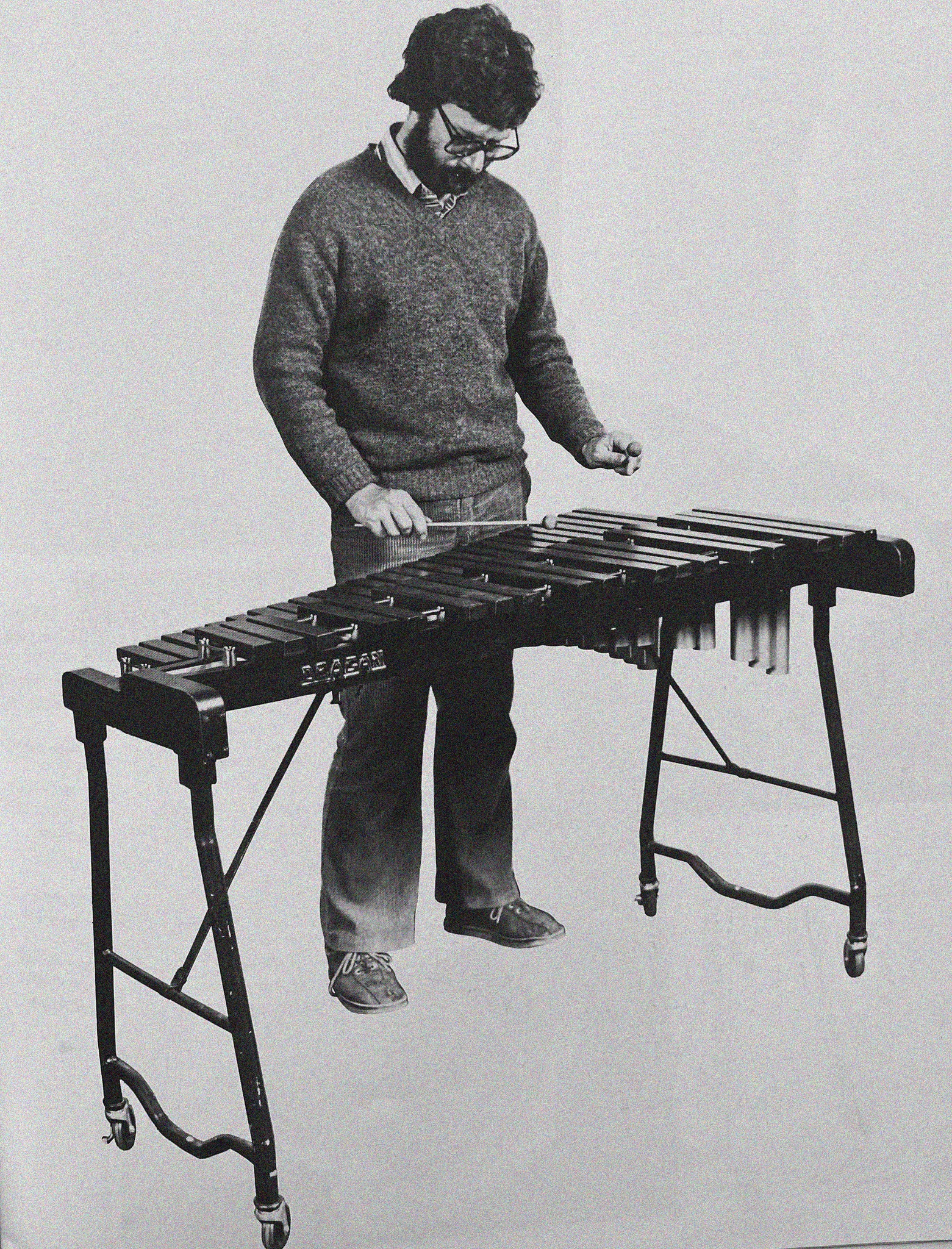D-Day in a nutshell
D-Day consisted a lot of operations before even the famous naval landings started.
The first troops to land in France in preparation for Operation Neptune were OSS teams (Office of Strategic Service). Where just 2 US soldiers trained in the operation of signal devices, teamed with 3 British commandos for site security.
A half dozen of these teams were flown into France around 01:30 on the 3rd of June to mark airborne drop zones for pathfinder teams who would be able to bring more marking equipment, which would make the drop zones even more accurate and easier to find.
The troops of the two airborne divisions began final preparations for the Normandy Airdrops at 15 separate airfields in southern England.
The initial wave used 821 C-47 and C-54 transports, filled with troops.
Each aircraft carried a ‘’stick’’ of paratroopers, usually 18-20 per aircraft in most aircrafts, but 9-10 in parachute artillery units due to the amount of other equipment.
To conduct a nighttime drop, the transport pilots were dependent on visual and radar signals to locate the drop zone. Pathfinders were parachuted into the drop zones ahead of the main wave to set up the signals.
Nineteen aircrafts carrying the pathfinders departed before midnight and they began landing in France around 00:15 on 6 june 1944.
On approaching the drop zones, the pathfinder aircrafts encountered an unexpected bank of cloud that created navigational problems.
In case of most of the drop zones, the pathfinders were dropped so far away from their target that they did not have enough time after their landing to reach their designated drop-zone. Which led that some pathfinder teams set up their landing beacons areas away from the planned drop zones.
Now the main wave of c-47 transports began taking off from England around midnight. The two sky trains droned over the English Channel, towards their destination. The weather conditions were quite good in the first place, so until reaching the coast, the mission went uneventful.
On reaching the coast , the problems began. The aircrafts encountered the same dense cloud that had troubled the pathfinders. The pathfinder transports had not radioed back a warning because of the forced radio silence.
The pilots started to maneuver around the clouds, leading to a breakup in the formation.
Anti-Aircraft fire began during the final approach into the drop zones near the coast.
This was the start of a risky mission…
Peter Vogels



